NATIONAL MUSEUM OF THE AMERICAN INDIAN
The Christmas Season in Indian Country
Celebrations, memorials, and gatherings during the winter holiday season
:focal(727x864:728x865)/https://tf-cmsv2-smithsonianmag-media.s3.amazonaws.com/filer_public/54/5d/545dff49-9a5c-498d-9736-8ea4410c4c1b/emmalani_christmas_photo.jpg)
The introduction of Christianity to the original peoples of the Americas can be controversial in Native circles. Europeans brought Christianity to this half of the world and imposed it on Native communities, knowingly replacing existing spiritual beliefs with the beliefs taught in the Bible. Cruelty and brutality often accompanied the indoctrination of Native peoples. Yet it is also true that some tribes, families, and individuals accepted the Bible and Jesus’ teachings voluntarily.
Music played an important part in converting Native people, establishing their practice of worship, and teaching them how to celebrate the Christmas season. Perhaps the earliest North American Christmas carol was written in the Wyandot language of the Huron-Wendat people. Jesous Ahatonhia (“Jesus, He is born”)—popularly known as Noël huron or the Huron Carol—is said by oral tradition to have been written in 1643 by the Jesuit priest Jean de Brébeuf. The earliest known transcription was made in the Huron-Wendat settlement at Lorette, Quebec, in the 1700s.
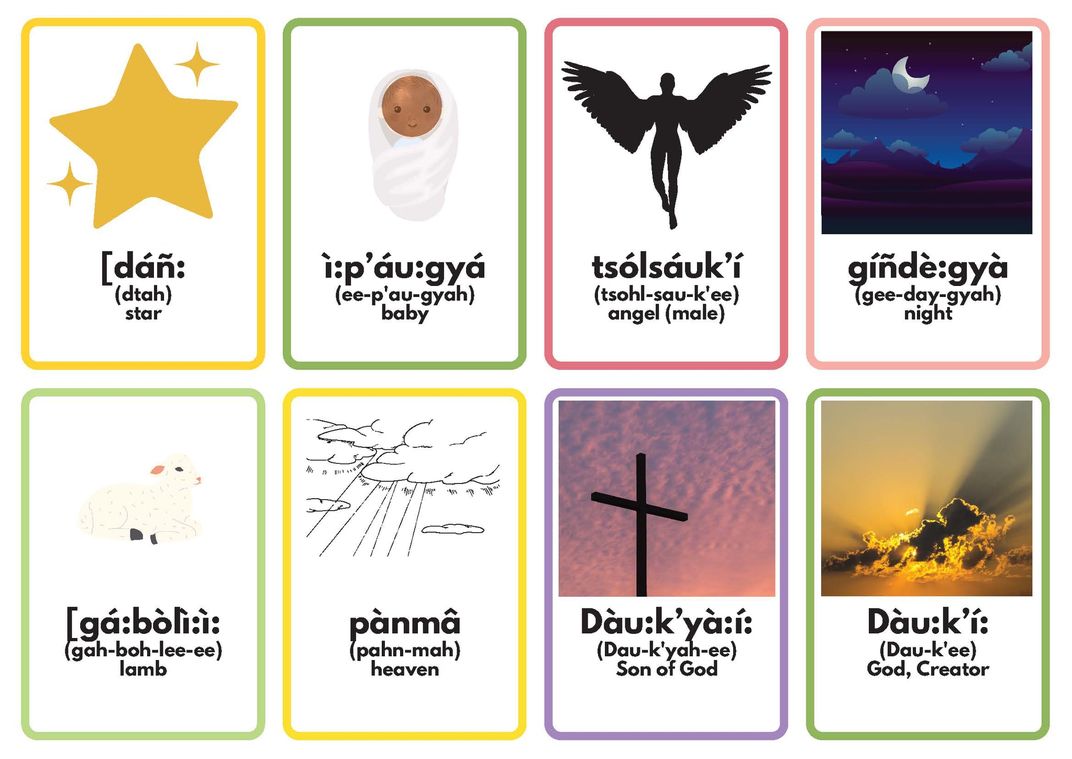
All throughout Indian Country, Native people have gathered in churches, missions, and temples to celebrate the birth of Jesus Christ by singing carols and hymns in their Native languages. In some churches, the story of Jesus’ birth is recited in Native languages. Some Native churches also host nativity plays using Native settings and actors to re-enact the birth of Jesus Christ. Among Catholics, Christmas Eve Mass traditionally begins in Indian communities at midnight and extends into the early hours of Christmas Day. In tipis, hogans, and houses, Native American Church members also hold Christmas services, ceremonies that begin on Christmas Eve and go on all night until Christmas morning.
In contemporary times, traditional powwow singing groups have rearranged Christmas songs to appeal to Native audiences. A humorous example is Warscout’s NDN 12 Days of Christmas, from their album Red Christmas. Native solo artists also perform Christmas classics in Native languages. Rhonda Head (Cree), for example, has recorded Oh Holy Night, and Jana Mashpee (Lumbee and Tuscarora) has recorded Winter Wonderland in Ojibwe.
Native communities host traditional tribal dances, round dances, and powwows on Christmas Eve and Christmas Day. Among the Pueblo Indians of the Southwest special dances take place, such as buffalo, eagle, antelope, turtle, and harvest dances. The Eight Northern Pueblos of New Mexico perform Los Matachines—a special dance-drama mixing North African Moorish, Spanish, and Pueblo cultures—which takes place on Christmas Eve, along with a pine-torch procession.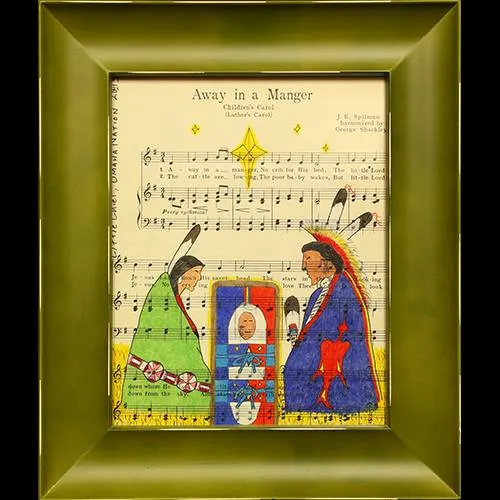
For Native artisans, this is traditionally the busy season as they prepare special Christmas gift items. Artists and craftspeople across the country create beadwork, woodwork, jewelry, clothing, basketry, pottery, sculpture, paintings, leatherwork, and feather work for special Christmas sales and art markets that are open to the public. For the 15 years before 2020, the National Museum of the American Indian held its annual Native Art Market in New York and Washington a few weeks before Christmas.
In many communities and homes, Christian customs are interwoven with Native culture as a means of expressing Christmas in a uniquely Native way. The importance of giving is a cultural tradition among most tribes. Even in times of famine and destitution, Native people have made sure their families, the old, and orphans were taken care of. This mindset prevails into the present. Gift-giving is appropriate whenever a tribal social or ceremonial gathering takes place.
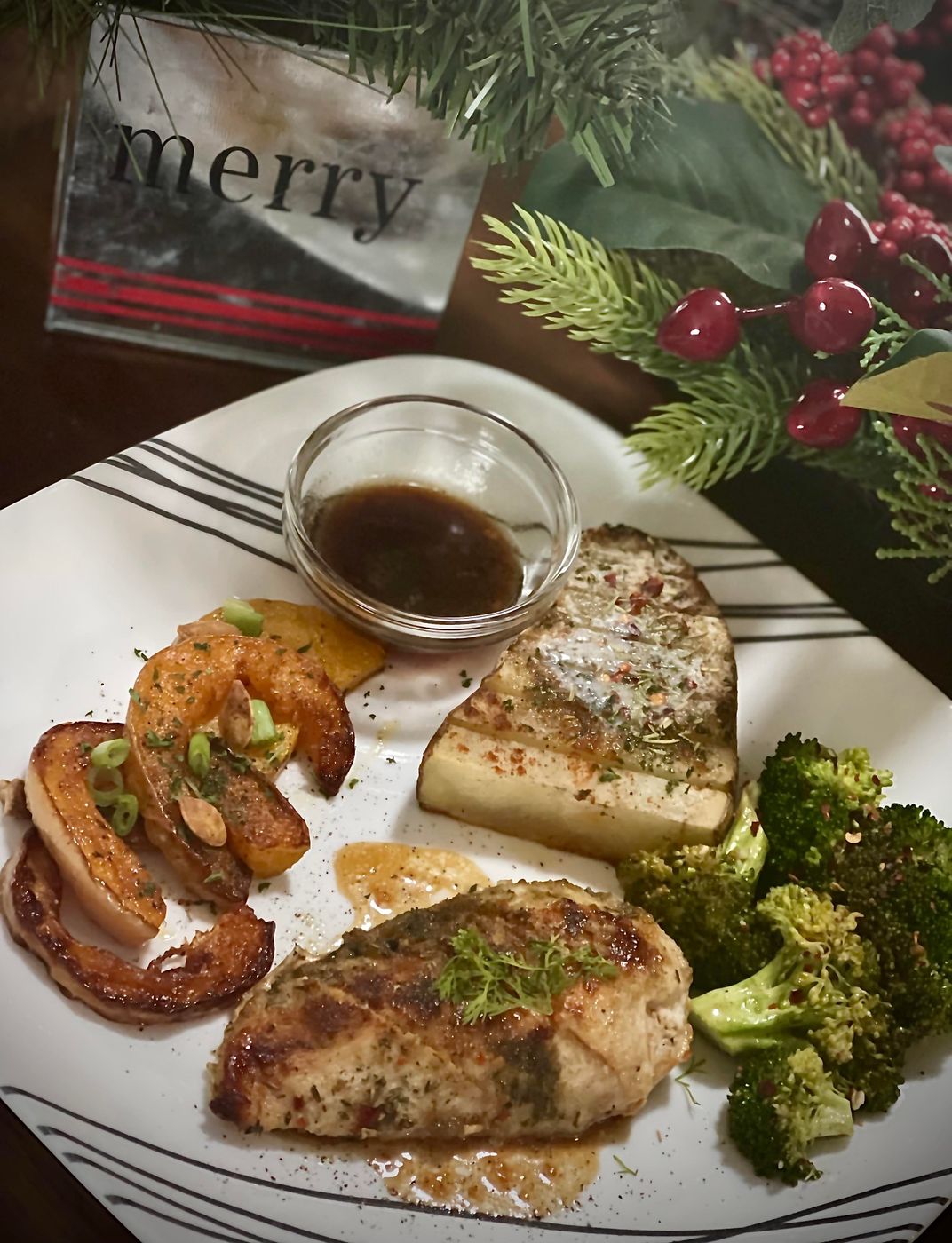
In the same way, traditional Native foods are prepared for this special occasion. Salmon, walleye, shellfish, moose, venison, elk, mutton, geese, duck, rabbit, wild rice, collards, squash, pine nuts, corn soup, red and green chile stews, bread pudding, pueblo bread, piki bread, bannock (fry bread), tortillas, berries, roots and Native teas are just a few of the things that come to mind. Individual tribes and Indian organizations sponsor Christmas dinners for their elders and communities prior to Christmas. Tribal service groups and warrior societies visit retirement homes and shelters to provide meals for their tribe members on Christmas Day.
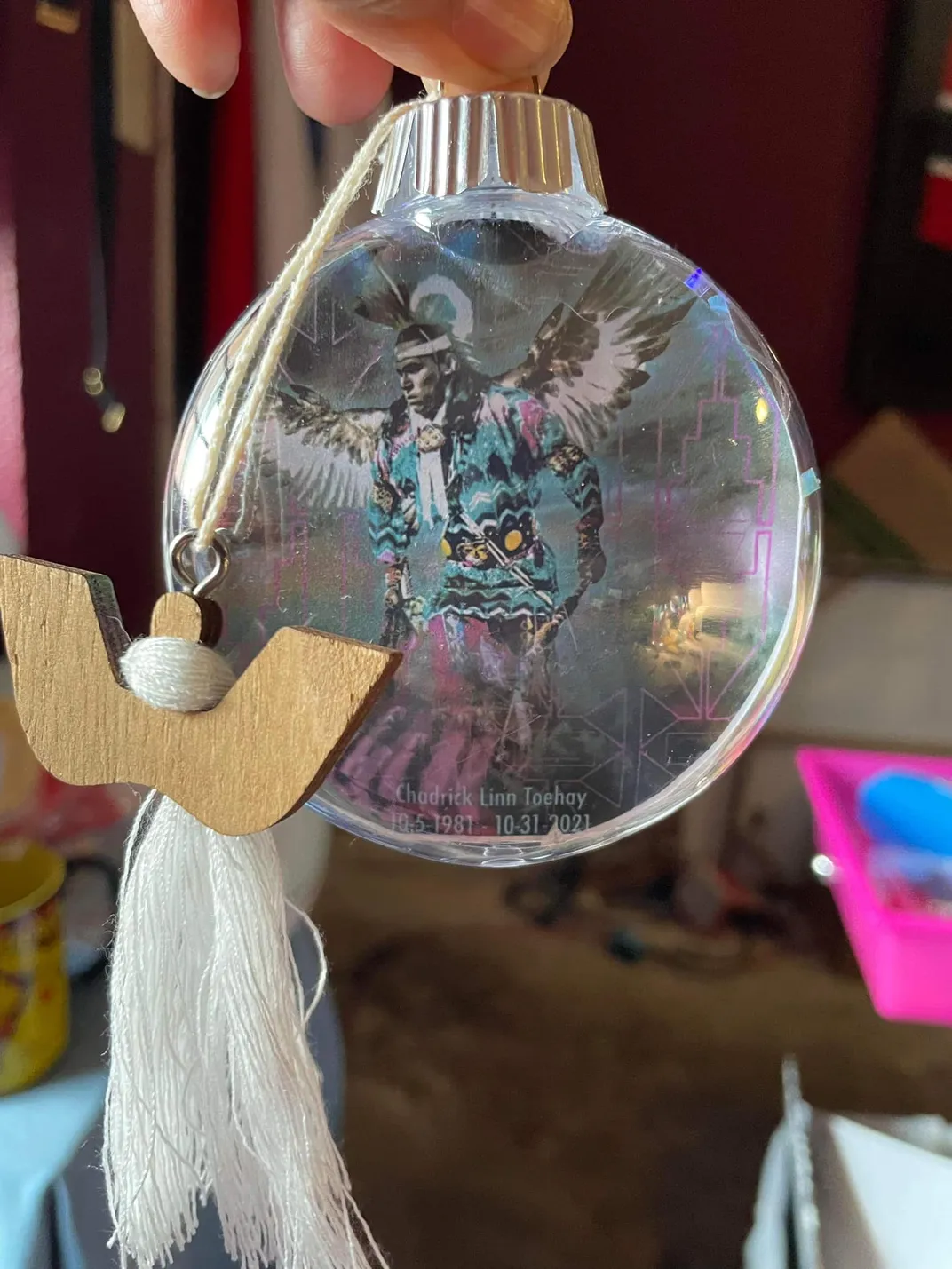
Many tribes begin their Christmas meal by putting out a feast plate or spirit dish for loved ones who passed away. As a special Christmas day of feasting a prayer is rendered and food offerings are placed outside of the home on a plate or in the sacred fire for relatives who are no longer with us. The respect is that you allow your remembrances—those who have passed—to eat first. When I get on social media, I see so many people asking for prayers because someone they love has tested positive for Covid, or their loved one is in the hospital because of Covid, or they lost a loved one due to Covid. Others are experiencing their first Christmas without a loved one.
Alternatively, some Natives do not celebrate Christmas but use this seasonal opportunity to celebrate the Winter Solstice. Yet others in the Northern plains are honoring their relatives with a memorial horse ride called the Dakota 38 + 2. On December 26, 1862, at Fort Snelling, Minnesota, in Dakota County, 38 Dakota men were hung all at once. It is recorded as the largest mass execution in U S. history and how some Natives in Mni Sota and the Dakotas observe this time of the year. Each December 10, riders set out to traverse the 330 miles between Lower Brule, South Dakota, and conclude on December 26 in Mankato, Minnesota.
According to the Urban Indian Health Commission, nearly seven out of every ten American Indians and Alaska Natives—2.8 million people—live in or near cities, and that number is growing. During the Christmas holidays, many urban Natives travel back to their families, reservations, and communities to reconnect and reaffirm tribal bonds. They open presents and have big family meals like other American Christians.
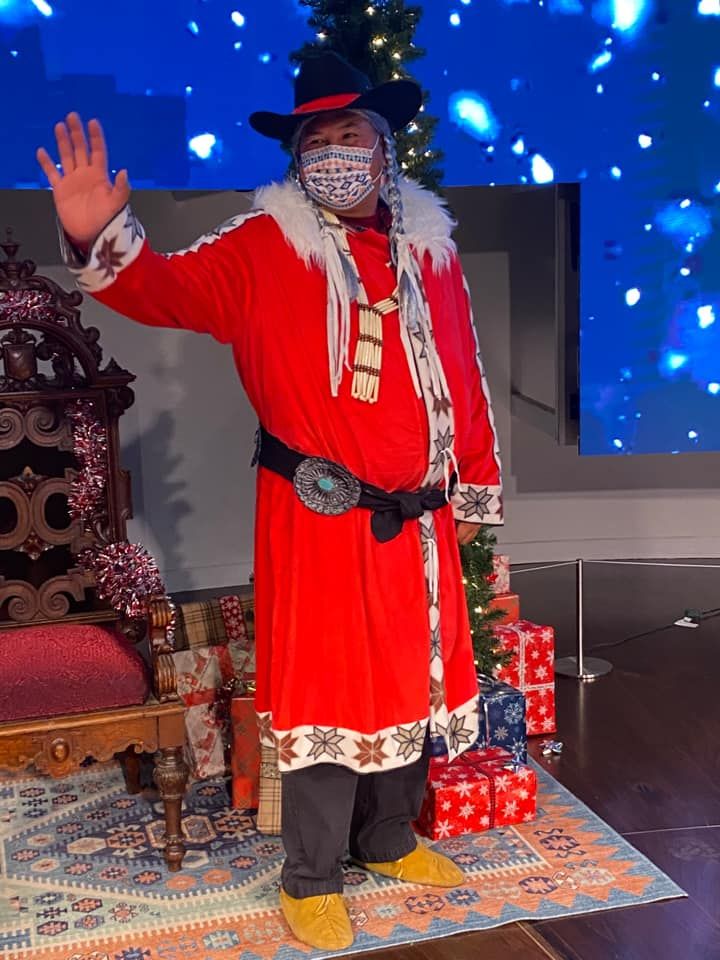
The National Museum of the American Indian will be closed on Christmas Day. However, we have a pre-recorded interview available with internationally acclaimed glass artist, Preston Singletary (Tlingit American), in which he discusses his inspirations and passion for glass art in advance of the opening of the exhibition "Preston Singletary: Raven and the Box of Daylight," January 28, 2022, at the museum in Washington, DC. Singletary incorporates traditional Northwest Coast and Tlingit imagery into his glass masterpieces https://nmai.brand.live/c/prestonsingletary.
/https://tf-cmsv2-smithsonianmag-media.s3.amazonaws.com/filer_public/54/5d/545dff49-9a5c-498d-9736-8ea4410c4c1b/emmalani_christmas_photo.jpg)
